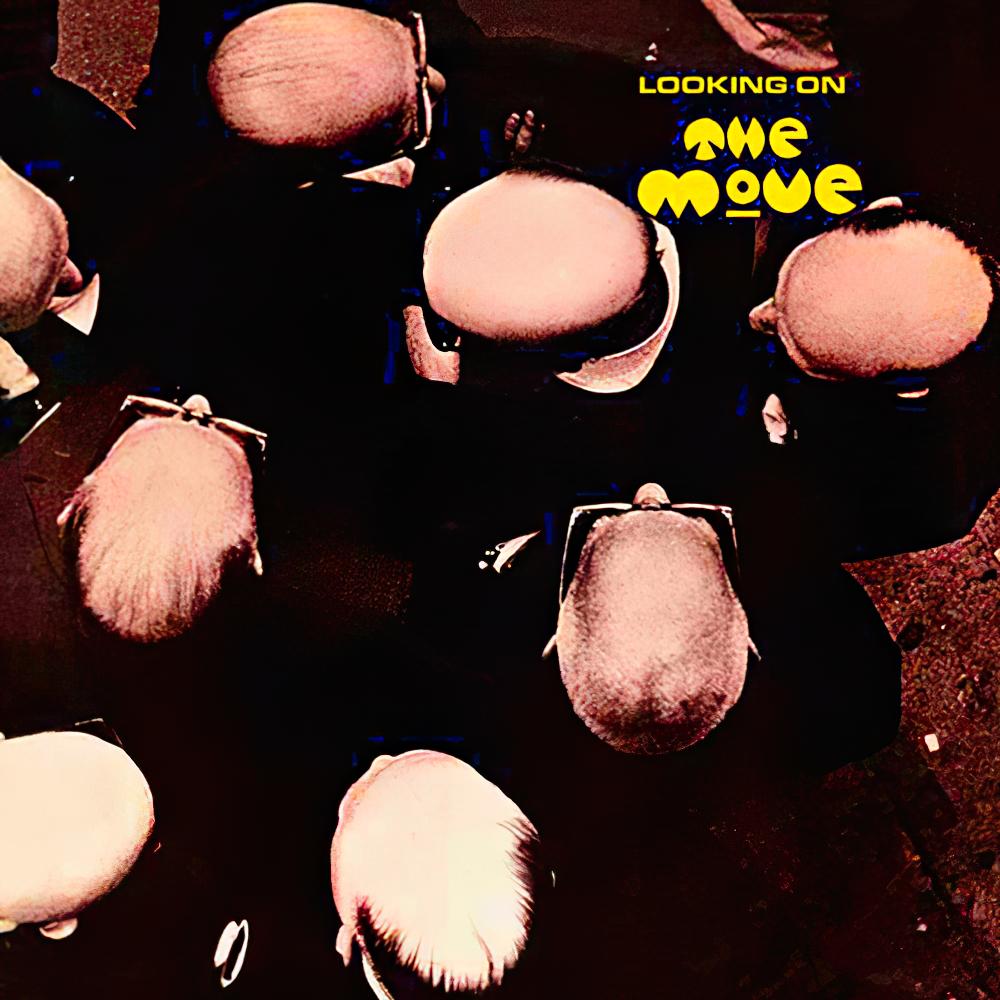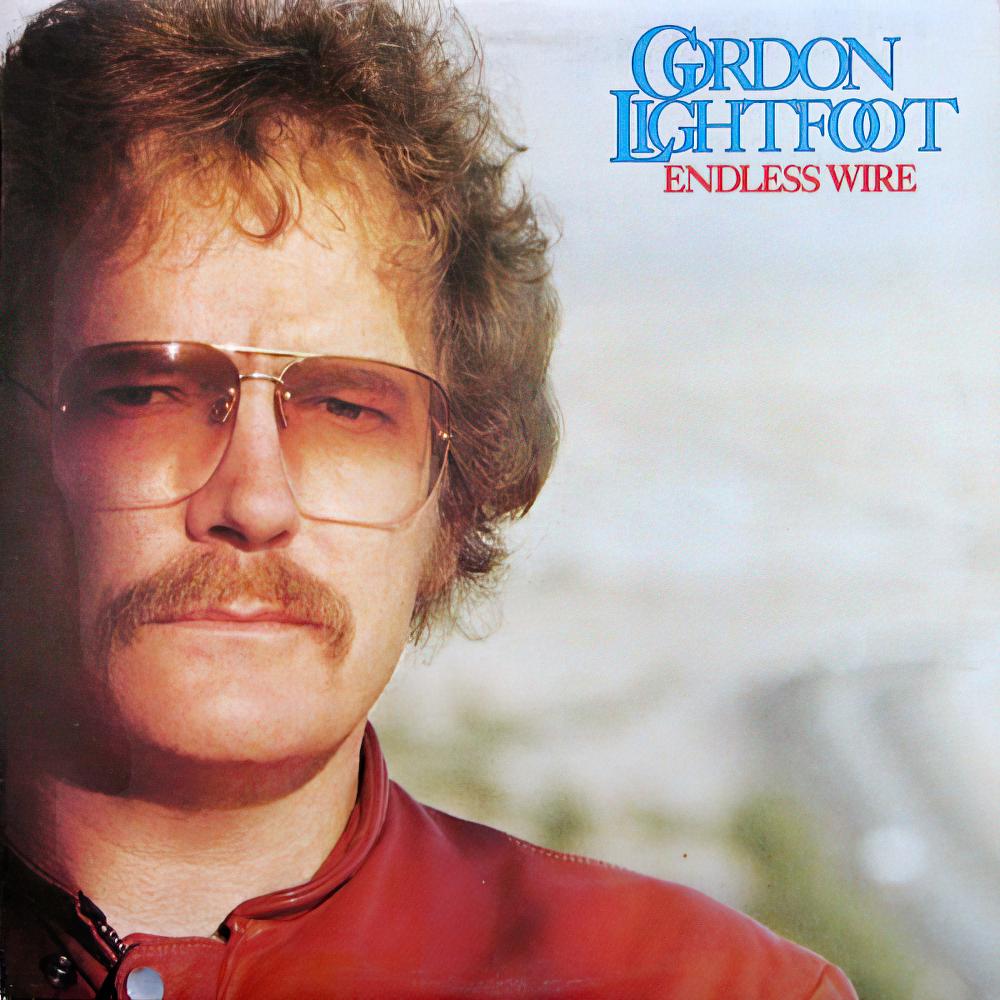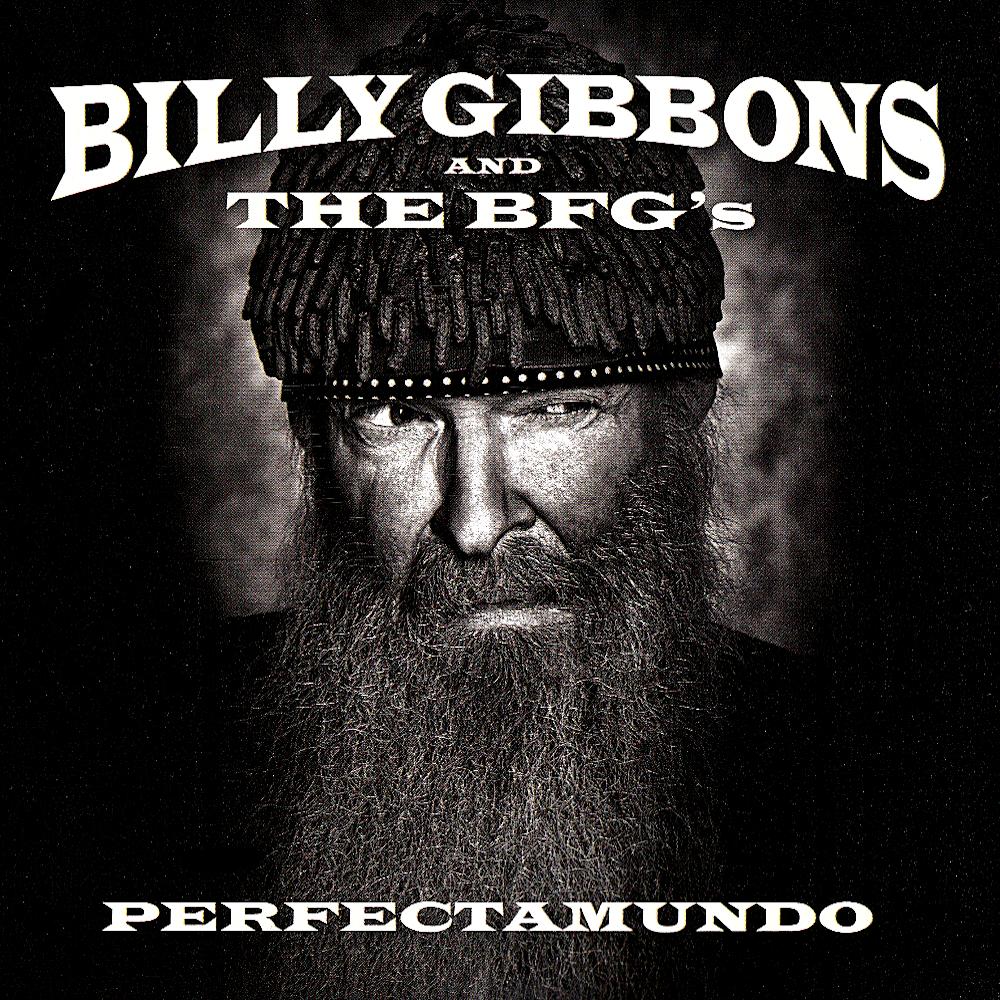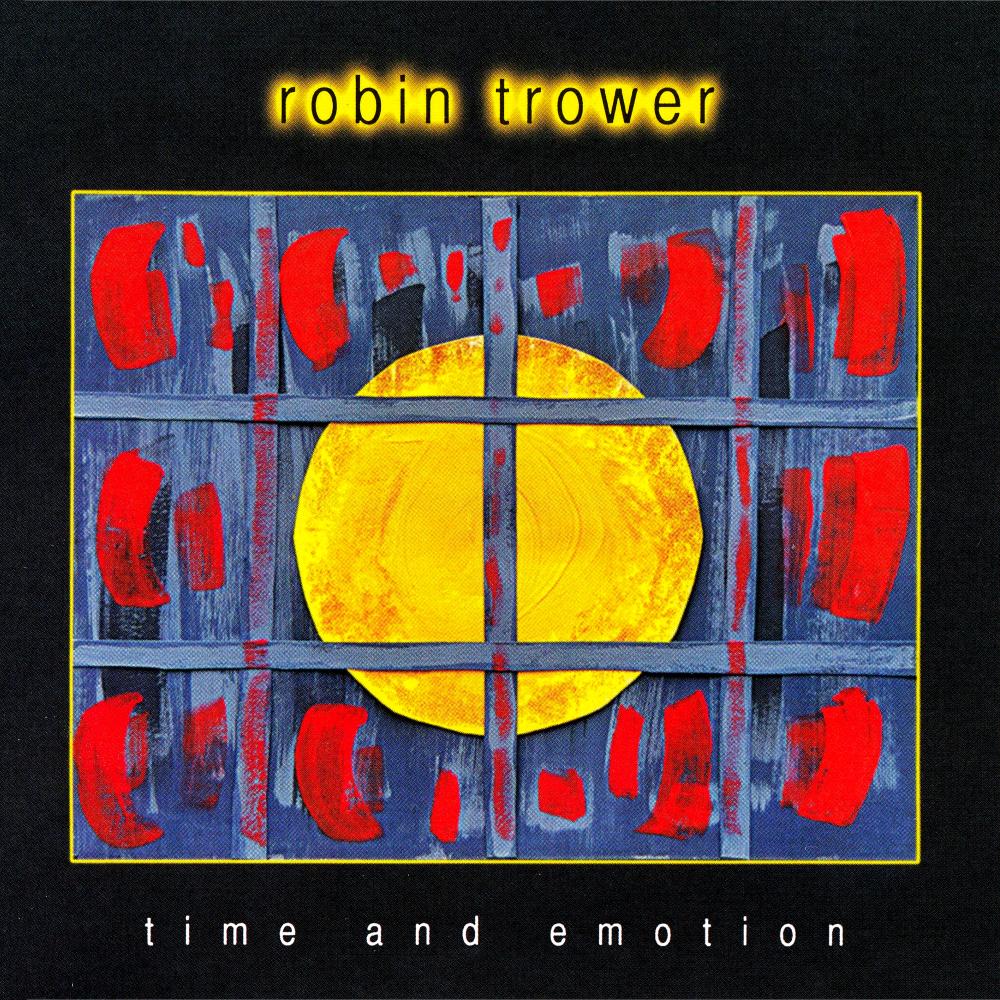
Album Information:
Album ID: 10201
About The Move:
The Move was a British rock band formed in Birmingham in the mid-1960s. The band's original lineup included Roy Wood on vocals and guitar, Bev Bevan on drums, Trevor Burton on guitar, Ace Kefford on bass, and Carl Wayne on vocals. The Move was known for their energetic live performances, innovative use of technology, and blend of rock and pop music.
The band gained a reputation for their wild onstage antics, including the use of pyrotechnics and smashing instruments. They were also the first band to use a custom-built lighting rig, known as the 'Francis Light Machine,' which projected images and colors onto the stage during their shows.
The Move had a string of hits in the late 1960s, including 'Blackberry Way,' 'Fire Brigade,' and 'I Can Hear the Grass Grow.' They were also one of the first British bands to experiment with heavy metal and progressive rock sounds, which would influence future generations of musicians.
In 1970, Roy Wood and Bev Bevan left The Move to form the band Electric Light Orchestra (ELO). The Move continued on with Burton and Kefford replacing Wood and Bevan, but they disbanded in 1972 after a series of lineup changes and unsuccessful releases.
Despite their relatively short career, The Move left a significant impact on the British music scene and paved the way for the evolution of rock music in the years to come. In 1997, the band was inducted into the Rock and Roll Hall of Fame.
About the album Looking On:
Looking On is the third studio album by British rock band The Move, released in 1970. It is often considered one of their most experimental and ambitious albums, showcasing the band's diverse influences and musical talents.
The album opens with the track 'Looking On,' a psychedelic rock song that sets the tone for the rest of the record. It features heavy guitar riffs, Hammond organ, and a groovy bassline accompanied by singer Carl Wayne's powerful vocals.
The second track, 'Turkish Tram Conductor Blues,' is a blues-inspired song with a catchy guitar riff and cowbell rhythm. The lyrics tell the story of a Turkish tram conductor struggling to make ends meet, creating a poignant contrast with the upbeat melody.
'Brontosaurus' is one of the album's standout tracks, with its iconic guitar riff and catchy chorus. Wayne's vocals are particularly impressive on this song, showcasing his range and ability to convey emotion through his singing.
'Cherry Blossom Clinic' is a psychedelic rock song that tells the story of a man who is unable to escape a mental institution. It features a variety of musical elements, including acoustic guitar, flute, and organ, creating a dreamy atmosphere.
Other notable tracks on the album include 'What?' which features an experimental and avant-garde sound with distorted vocals and unconventional instrumentation, and 'Feel Too Good,' a high-energy rock song with a danceable rhythm and catchy chorus.
Overall, Looking On is a dynamic and eclectic album that showcases The Move's versatility and creativity. It features a wide range of musical styles and influences, from blues to psychedelia to experimental rock, creating a unique and memorable listening experience.
Members:
The Move was a British rock band that was active from 1965 to 1972. The band's lineup changed frequently throughout its existence, but below are the key members of the band along with brief biographies:
1. Roy Wood: The founder of The Move, Roy Wood was born in Birmingham, England in 1946. He was a multi-instrumentalist and songwriter who played guitar, bass, and keyboard for the band. Before forming The Move, Wood was a member of several other bands in Birmingham, including The Falcons and The Vikings. In 1970, Wood left The Move to form the band Electric Light Orchestra (ELO).
2. Bev Bevan: Born in Birmingham in 1944, Bev Bevan was the drummer for The Move. He joined the band in 1966, and was the only member of the band to remain with The Move until the band's dissolution in 1972. After The Move, Bevan joined ELO with Roy Wood and played with them for many years.
3. Carl Wayne: Born in Birmingham in 1943, Carl Wayne was the lead vocalist for The Move from 1966 to 1970. He was known for his powerful voice and energetic stage presence. Before joining The Move, Wayne was a member of several other bands in Birmingham, including The Vikings and The Hellions. Wayne left The Move in 1970 to pursue a solo career.
4. Trevor Burton: Born in Birmingham in 1949, Trevor Burton played bass and guitar for The Move. He joined the band in 1968, and was a key member of the band's final lineup. Burton left The Move in 1970 to form the band Balls with Denny Laine of The Moody Blues.
5. Jeff Lynne: Born in Birmingham in 1947, Jeff Lynne was a guitarist and songwriter who joined The Move in 1970. He had previously been a member of the band The Idle Race. When The Move dissolved in 1972, Lynne went on to form ELO with Roy Wood and Bev Bevan.
Track List for Looking On:
Here are the tracks in the album Looking On by The Move in order of play time along with a short description:
1. Looking On - 7:47
A psychedelic track characterized by a driving beat, hard rock guitar riffs, and Hammond organ riffs.
2. Turkish Tram Conductor Blues - 4:57
A bluesy track with a catchy piano riff, some jazzy elements, and a spoken-word section towards the end.
3. What? - 6:41
A surreal track with disjunctive sections and unconventional instrumentation, including distorted vocals, brass and woodwind instruments, and a toy xylophone.
4. When Alice Comes Back To The Farm - 3:46
An acoustic folksy tune with a pastoral theme, sweet vocal harmonies, and some well-placed kazoo playing.
5. Open Up Said The World At The Door - 7:09
A song that starts with a spoken intro before launching into a psychedelic rock tune with fuzzy guitar riffs, swirling organ, and jazz-infused horns.
6. Brontosaurus - 4:25
A hard rock track featuring a catchy guitar riff, heavy drumming, and trippy distorted vocals.
7. Feel Too Good - 9:17
A lively song with energetic guitar playing, driving percussion and an upbeat melody.
Overall, 'Looking On' showcases The Move's ability to fuse together various styles: psychedelic rock, blues, jazz, folk, and more. The album features creative arrangements, unexpected twists, and strong musicianship, making it a classic of the era.
Discography for The Move:
Here is a complete discography for The Move in chronological order, including all albums, all singles, and all other releases with their respective release dates:
Studio albums:
1. Move (1968)
2. Shazam (1970)
3. Looking On (1970)
4. Message from the Country (1971)
Live albums:
1. Live at Fillmore Auditorium 1969 (2008)
Compilation albums:
1. Something Else from The Move (1970)
2. The Best of The Move (1974)
3. The Move Anthology 1966–1972 (1998)
4. Magnetic Waves of Sound: The Best of The Move (2017)
Singles:
1. 'Night of Fear' / 'Disturbance' (1966)
2. 'I Can Hear the Grass Grow' / '(Till) The End of the Day' (1967)
3. 'Flowers in the Rain' / '(Here We Go Round) The Lemon Tree' (1967)
4. 'Fire Brigade' / 'Walk Upon the Water' (1968)
5. 'Wild Tiger Woman' / 'Omnibus' (1968)
6. 'Blackberry Way' / 'Something' (1968)
7. 'Curly' / 'This Time Tomorrow' (1969)
8. 'Brontosaurus' / 'Lightning Never Strikes Twice' (1969)
9. 'When Alice Comes Back to the Farm' / 'Open Up Said the World at the Door' (1970)
10. 'Chinatown' / 'Down on the Bay' (1971)
11. 'California Man' / 'Do Ya' (1972)
Other releases:
1. The Move (EP) (1968)
2. Introducing The Move (EP) (1968)
3. 'Wild Tiger Woman' (French version) / 'Something Blue' (1969)
4. 'Great Balls of Fire' / 'Blackberry Way' (live) (1972)
Note: Some versions of The Move's discography may vary slightly depending on the country and label.


 Last Played: 11/01/24 06:27 PM
Last Played: 11/01/24 06:27 PM Last Played: 11/01/24 06:20 PM
Last Played: 11/01/24 06:20 PM